Refine search
Actions for selected content:
3388592 results

The Technosystem of Free Speech
- Enriching Fundamental Rights in a Digital Society
- Coming soon
-
- Expected online publication date:
- December 2025
- Print publication:
- 31 December 2025
-
- Book
- Export citation

Diachronic Narratology in Greek Myth
- Coming soon
-
- Expected online publication date:
- December 2025
- Print publication:
- 31 December 2025
-
- Element
- Export citation
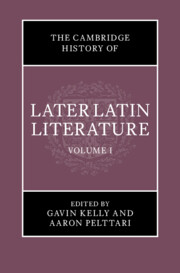
The Cambridge History of Later Latin Literature
- Coming soon
-
- Expected online publication date:
- December 2025
- Print publication:
- 31 December 2025
-
- Book
- Export citation
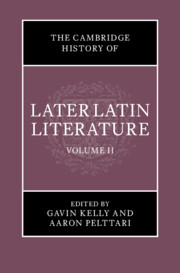
The Cambridge History of Later Latin Literature
- Coming soon
-
- Expected online publication date:
- December 2025
- Print publication:
- 31 December 2025
-
- Book
- Export citation
US Business Cycles 1954–2020
- Sources, Symptoms, Solutions
- Coming soon
-
- Expected online publication date:
- December 2025
- Print publication:
- 31 December 2025
-
- Book
- Export citation

Content and Language Integrated Learning (CLIL)
- Coming soon
-
- Expected online publication date:
- December 2025
- Print publication:
- 30 November 2025
-
- Element
- Export citation

The Fascist Zenith
- War and Dictatorship under Axis Rule
- Coming soon
-
- Expected online publication date:
- December 2025
- Print publication:
- 31 December 2025
-
- Element
- Export citation
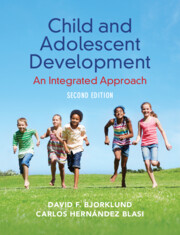
Child and Adolescent Development
- An Integrated Approach
- Coming soon
-
- Expected online publication date:
- December 2025
- Print publication:
- 31 December 2025
-
- Textbook
- Export citation

Data-Intensive Investigations of English
- Coming soon
-
- Expected online publication date:
- December 2025
- Print publication:
- 31 December 2025
-
- Book
- Export citation

The Contentious Politics of Global Health Movements
- Contesting Patents in Pndemic Times
- Coming soon
-
- Expected online publication date:
- December 2025
- Print publication:
- 31 December 2025
-
- Element
- Export citation
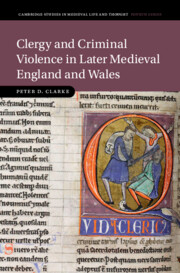
Clergy and Criminal Violence in Later Medieval England and Wales
- Coming soon
-
- Expected online publication date:
- December 2025
- Print publication:
- 31 December 2025
-
- Book
- Export citation

Hans Kelsen on Constitutional Democracy
- Genesis, Theory, Legacies
- Coming soon
-
- Expected online publication date:
- December 2025
- Print publication:
- 31 December 2025
-
- Book
- Export citation

Intracranial Abscess in Adults
- Coming soon
-
- Expected online publication date:
- December 2025
- Print publication:
- 31 December 2025
-
- Element
- Export citation

What Does Graptolite Origination and Extinction Reveal about the Cause of the Late Ordovician Mass Extinction?
- Coming soon
-
- Expected online publication date:
- December 2025
- Print publication:
- 31 December 2025
-
- Element
- Export citation
Regional Trade Agreements, Prosperity and the Global South
- Normative Beliefs and Interests
- Coming soon
-
- Expected online publication date:
- December 2025
- Print publication:
- 31 December 2025
-
- Book
- Export citation

'The People' and British Literature
- Belonging, Exclusion, and Democracy
- Coming soon
-
- Expected online publication date:
- December 2025
- Print publication:
- 31 December 2025
-
- Book
- Export citation
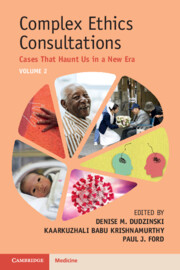
Complex Ethics Consultations
- Cases That Haunt Us in a New Era
- Coming soon
-
- Expected online publication date:
- December 2025
- Print publication:
- 31 December 2025
-
- Book
- Export citation
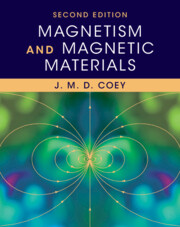
Magnetism and Magnetic Materials
- Coming soon
-
- Expected online publication date:
- December 2025
- Print publication:
- 31 December 2025
-
- Book
- Export citation

Huguenot Networks
- Truth and Secrecy in Sixteenth-Century Europe
- Coming soon
-
- Expected online publication date:
- December 2025
- Print publication:
- 31 January 2026
-
- Book
- Export citation

Inventing Languages
- A Practical Introduction
- Coming soon
-
- Expected online publication date:
- December 2025
- Print publication:
- 31 December 2025
-
- Book
- Export citation
